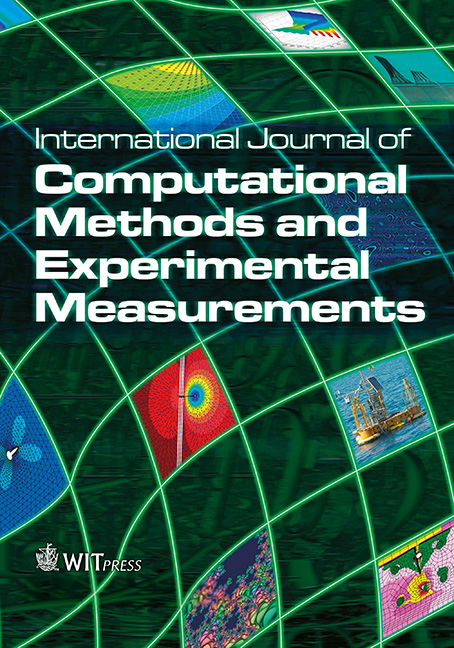A SIMPLIFIED APPROACH FOR MODELLING AIRBORNE NANOPARTICULES TRANSPORT AND DIFFUSION
Price
Free (open access)
Volume
Volume 1 (2013), Issue 1
Pages
16
Page Range
55 - 71
Paper DOI
10.2495/CMEM-V1-N1-55-71
Copyright
WIT Press
Author(s)
FRANÇOIS MORENCY & STÉPHANE HALLÉ
Abstract
A simplified approach is proposed and used to study the TiO2 nanoparticle transport and diffusion in an exposure chamber. This exposure chamber is used to assess lung toxicity in rats resulting from the inhalation of airborne nanoparticles. The simplified approach uses computational fluid dynamics (CFD) commercial software. The mathematical model for airflow is based on the three-dimensional Reynoldsaveraged Navier–Stokes equations with turbulence modeling. The mathematical model for airborne nanoparticles transport is based on assumptions such that their motions are similar to those of a singlesized diameter distribution of a passive contaminant. This model is valid as long as the nanoparticle concentration is low and the particle diameter is small enough that settling is negligible, which is the case for the exposure chamber studied. With this model, the diffusion coefficient is a property that plays a significant role in the transport of airborne nanoparticles. The particle diffusion coefficient can be expressed in terms of a friction coefficient, and three possible relationships to model particle diffusion are presented. Their influences on the friction and diffusion coefficients are considered for the particular case of TiO2 nanoparticles. Although all the models studied here predict a decrease in the value of the diffusion coefficient with increasing particle diameter, some significant variations can be observed between the models. A specific diffusion model is selected and then used with the simplified approach. The simplified approach is first validated against available correlations for particle deposition on walls. Correlation for deposition loss rate in the case of a room agrees with numerical prediction for particle diameter between 10 and 200 nm. Particle mass concentration distribution inside the exposure chamber is also studied. The computed concentration distribution is quite uniform inside the exposure chamber and corresponds to single point measurements.
Keywords
CFD, diffusion, exposure chamber, nanoparticles, particle deposition, passive contaminant,




